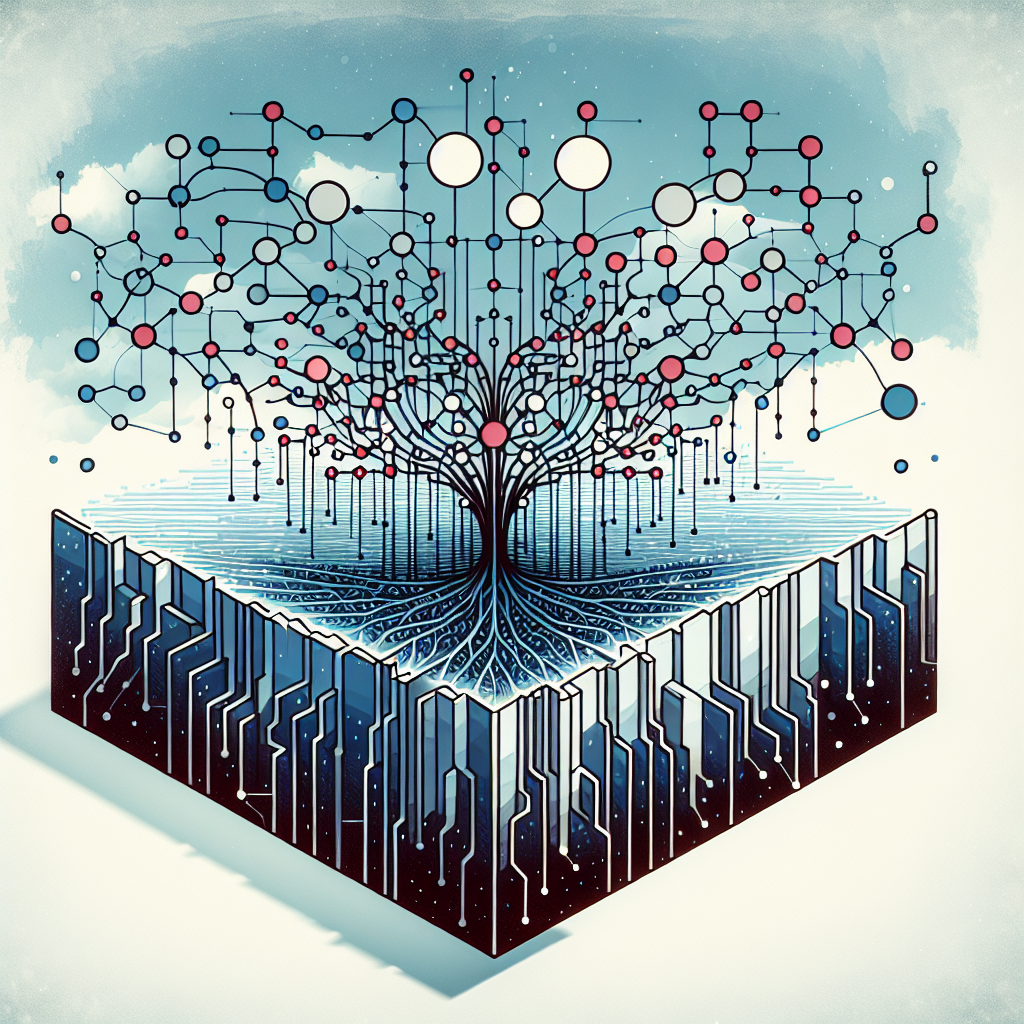Your cart is currently empty!
Building a Strong Foundation: The Basics of Recurrent Neural Networks

Recurrent Neural Networks (RNNs) are a type of artificial neural network that is well-suited for handling sequential data. They are widely used in natural language processing, speech recognition, time series forecasting, and other applications where the input data is a sequence of values.
To build a strong foundation in understanding RNNs, it is important to grasp the basics of how they work and the key components that make them effective. In this article, we will explore the fundamental concepts of RNNs and provide an overview of how they can be implemented.
At its core, an RNN is designed to process sequences of data by maintaining an internal state that captures information about previous inputs. This allows the network to exhibit dynamic behavior and effectively model dependencies between elements in a sequence. The key feature that distinguishes RNNs from other types of neural networks is the presence of recurrent connections that enable information to persist over time.
The basic architecture of an RNN consists of a series of interconnected layers, with each layer containing a set of neurons that process input data and propagate information forward through time. The recurrent connections in the network allow information to flow from one time step to the next, enabling the network to capture temporal dependencies in the data.
One of the challenges in training RNNs is the issue of vanishing gradients, where the gradients of the loss function with respect to the network parameters become very small, leading to slow or unstable learning. To address this problem, various techniques such as gradient clipping, using different activation functions, and using specialized architectures like Long Short-Term Memory (LSTM) networks or Gated Recurrent Units (GRUs) have been developed.
Another important consideration when building RNNs is the choice of input and output representations. For sequential data, it is common to use one-hot encoding or word embeddings to represent categorical variables, while continuous variables can be directly fed into the network. The output of the network can be a single value (for regression tasks) or a probability distribution over a set of classes (for classification tasks).
In summary, building a strong foundation in RNNs requires an understanding of their basic principles and components. By leveraging the power of recurrent connections and carefully designing the network architecture, it is possible to create models that excel at processing sequential data and capturing complex patterns in the data. With the right knowledge and techniques, RNNs can be a valuable tool for a wide range of applications in machine learning and artificial intelligence.
#Building #Strong #Foundation #Basics #Recurrent #Neural #Networks,recurrent neural networks: from simple to gated architectures

Leave a Reply